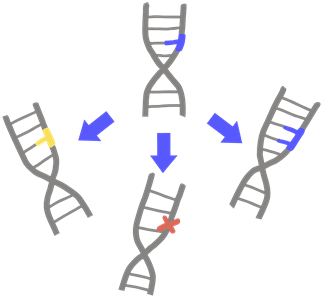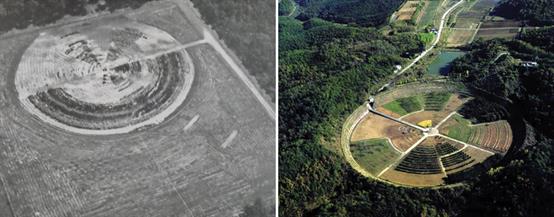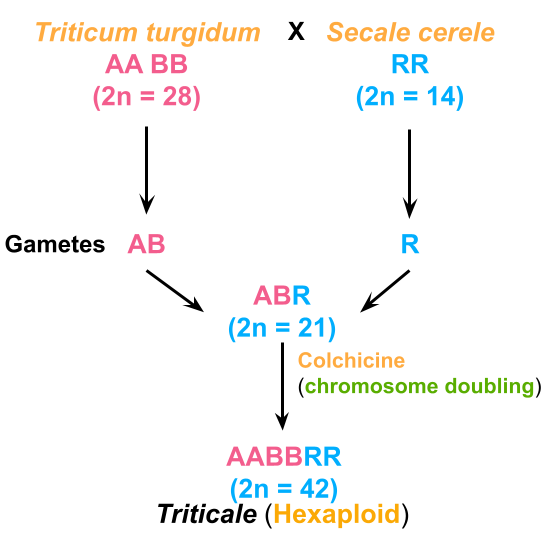
PUMPA - SMART LEARNING
எங்கள் ஆசிரியர்களுடன் 1-ஆன்-1 ஆலோசனை நேரத்தைப் பெறுங்கள். டாப்பர் ஆவதற்கு நாங்கள் பயிற்சி அளிப்போம்
Book Free DemoA mutation is defined as the sudden heritable change in the nucleotide sequence of DNA in an organism.
It is a process through which genetic variations are produced, resulting in changes in the organism. Mutations can be due to changes in the base sequence of a gene or chromosome number, or structure.

Image illustrating mutation
The organism which undergoes mutation is called a mutant.
Mutations that occur naturally are called spontaneous mutations. They can occur in germinal cells or somatic cells. In the vegetatively propagated plants can incorporate the positive somatic mutations to improve the yield.
The factors which induce mutations are called mutagens or mutagenic agents. Mutagens are of two types:
1. Physical mutagens
2. Chemical mutagens.
1. Physical mutagens:
Physical mutagens are radiations that cause mutations, including X-rays, , , and rays, temperature and UV rays. They induce changes in the DNA as well as chromosomes, which cause mutations.
2. Chemical mutagens:
Chemical substances which induce mutations are called chemical mutagens.
Example:
Mustard gas, nitrous acid, ethylmethane sulphonate (EMS), sodium azide.
The utilization of induced mutation in crop improvement is called mutation breeding.
Induced mutations in plant breeding help in the development of improved varieties in crops. Mutations were first induced in Drosophila with the help of X-rays by Muller and in maize by Stadler.
Some achievements of mutation breeding are:
i. Sharbati Sonora wheat was created from Sonora-64 using rays.
ii. Atomita-2 rice, which is saline tolerant and pest resistant.
iii. Groundnuts with thicker shells.
A video that describes what is mutation breeding:
Gamma garden or Atomic garden:
After World War II, the concept of a gamma garden, or atomic garden, became popular for the peaceful use of atomic energy for crop improvement. This is a type of induced mutation breeding in which radioactive sources, such as gamma rays from Cobalt-60 or Caesium-137, are employed to generate desirable mutations in crop plants.

Hybridization:
Hybridization is defined as crossing two or more types of plants to bring their desired characters together into one progeny called hybrid.
Hybrid is superior to both parents in one or more characteristics. Hybridization is a common method of generating genetic variety to produce improved varieties.
Hybridization experiment - Triticale:
Triticale is the first cereal hybrid created by humans. Wheat (Triticum durum, 2n = 28) and rye (Secale cerele, 2n = 14) are crossed to produce it.
The F1 hybrid (2n = 21) is sterile. Colchicine is used to double the chromosomal number, resulting in a hexaploid Triticale (2n = \(42\_).

Triticale crossing over
The cycle of crop-raising and selection is repeated until the plants with the desired characteristics are obtained. The development of new varieties is a lengthy process. Combining the characteristics of two plants into one plant and the use of hybrid vigour are two of the most important features of hybridization.
Important!
Hybrid vigour or heterosis is the tendency of a crossbred individual to show qualities superior to those of both parents.
Reference:
https://innovativegenomics.org/glossary/mutation/
https://youtu.be/ZSd_g_VK-J8